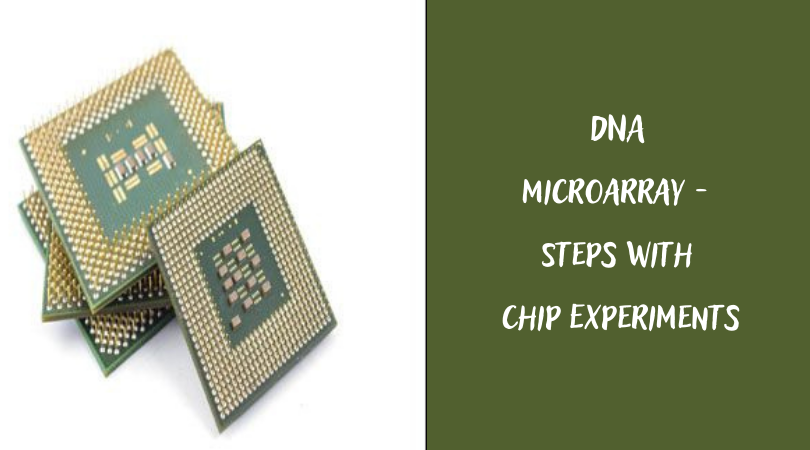 DNA microchips are used to identify genes and their mutations associated with various diseases; monitoring of gene activity; diagnosis of infectious diseases and determining the most effective antibiotic therapy method; screening microorganisms.
DNA microchips are used to identify genes and their mutations associated with various diseases; monitoring of gene activity; diagnosis of infectious diseases and determining the most effective antibiotic therapy method; screening microorganisms.
DNA microarrays, in contrast to real-time PCR technologies or mass spectrometry, allow you to analyze many mutations in one person at the same time, and are convenient and in a certain sense, universal technology for mass studies of genetic polymorphism and screering mutations. It is this advantage that is especially important for personalized medicine of the future. Already, more and more often in various fields of medicine data on the genome of a particular person is used.
Advantages of DNA microchip technology
- High accuracy and reproducibility;
- Low cost;
- The possibility of multiplexes.
In the usual DNA of the microchip, the probes are attached to a solid surface – glass or silicone chip. Other platforms, such as ILLUMINA, use microscopic balls instead of large solid surfaces. The DNA microchip technology finds a wide variety of applications in modern biology and medicine for analyzing complex DNA mixtures – for example, the totality of all transcripts (matrix RNA) in the cell. DNA microchips are used to analyze changes in gene expression, detecting single-tech polymorphisms, genotyping or re-sequence of mutant genomes. Microchips differ in design, features of work, accuracy, efficiency and cost.
Example of using DNA microarray
Below there is an example of an experiment using DNA microarray:
- The result of the scanning of a single microchip.
- The result of the scanning of a single microchip.
- Biological samples are highlighted or grown, which must be compared. They can correspond to the same individuals before and after any treatment (case of pair comparisons), or various groups of individuals, for example, sick and healthy, and so on.
- A purified nucleic acid is distinguished from the sample, which is the study object: it may be RNA in the study of gene expression profile, DNA when studying comparative genomic hybridization, etc. This example corresponds to the first case.
- The quality and number of nucleic acid obtained is checked. If the requirements are followed, the experiment may be continued.
- Based on the available RNA samples during reverse transcription, sequences of complementary DNA (cDNA) are synthesized.
- In the process of amplification (the synthesis of additional copies of DNA), the number of cDNA sequences in samples increases many times.
- Fluorescent or radioactive marks are attached to the ends of the cDNA sequences.
- The resulting samples in the mixture with the necessary chemicals through the microscopic hole are applied to DNA microchips and the hybridization process begins, during which one of the chains of the cDNA joins the chain complementary to it on the microchip.
- After the end of the hybridization process, the chips are washed to remove material residues.
- The resulting microchips are scanned with a laser. At the output, one or two-color images are obtained (depending on the number of dyes used).
- The grid is superimposed on each image, so that each cell corresponds to the chip area with the samples of the same type.
The intensities of the sample luminescence in the mesh cell is made in accordance with a number that, in the very first approximation, can serve as a measure of the number of RNA sequences present in the corresponding sample. - Further processing of results requires a multi-step attraction of a complex statistical apparatus.